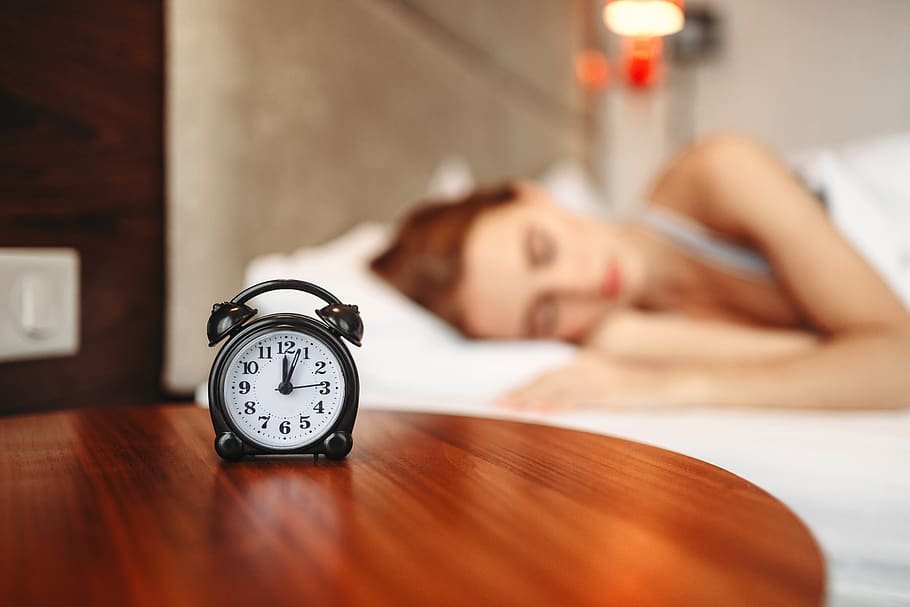The Power Nap: How To Do It Properly
Cat naps can sound so appealing. Some days, there’s nothing more comforting than the thought of curling up under a cozy blanket and catching some extra sleep. When is napping a good idea? How do you nap so it doesn’t run your sleep later that night? How do you nap properly?
Are Naps a Good Idea?
Napping two or three times a week could be a good thing. A short nap can improve relaxation, reduce fatigue, improve your mood and even improve your memory. Because most adults in Canada don’t get the recommended 7-8 hours of sleep a night, adding a few naps into your weekly routine could help reduce your sleep debt and improve your overall health.
Feeling the need to nap every day could be a sign that your nighttime sleep is inadequate. If you find yourself looking for an afternoon slumber every single day, look at your sleep habits and make adjustments as needed. Relying on daily naps to get through your day is a sign that there’s something bigger going on with your sleep habits. If this is true for you, consider asking your doctor about a sleep study to look for underlying issues.
How Long Should You Nap For?
There’s a reason we call it a “nap” and not a “sleep”. Adults should not be sleeping for hours in the afternoon when they lay down for a nap. Short and sweet is the key to success when it comes to napping.
10 - 20 minutes is ideal when setting an alarm for your nap. Make sure to give yourself 5-10 minutes when you wake up to stretch and get yourself moving again.
The reason that shorter naps are better is because longer sleeping can leave you feeling groggy. Once your brain starts going through the sleep cycles and falls into REM, interrupting this cycle could leave you feeling more tired than you were when you went to sleep. To avoid this, sleep short and wake up feeling refreshed.
When Should You Nap?
You don’t want to nap too late in the day because it can interrupt your nighttime sleep schedule. Mid-afternoon naps correlate with your internal cycle and tend to be the time when we feel sleepy in general. Plus, depending on what you eat for lunch, you may find yourself nodding off at your desk around 1:30 - 2:00 PM.
Sleeping after 3:00 pm could interrupt your bedtime so it’s best to end your naps before 3:00 PM.
If you nap right after lunch, you may find yourself more attentive in the afternoon and more focused on your work. If you feel yourself losing focus or if your eyes feel heavy, taking that 20 minutes can help boost productivity for the rest of the day.
Where Should You Nap?
Napping rules follow sleeping rules. While you may be tempted to lay down on the couch in your brightly-lit living room, calming, dark and cozy environments are the best for capitalizing on the relaxation of naps.
In general, nap spaces should be dark and comfortable. With working from home being so much more popular now, napping in your bedroom is ideal. If you are sneaking out to your car or closing your office door for some sleep, face masks and earplugs can help create a quiet and dark environment.
Waking Up After a Nap
There are a few easy ways to make sure you get up when your nap time is finished. One tip is to place your phone or alarm away from your bed or napping location. This means that when your alarm goes off, you need to get up to go and turn it off. This will help to wake you up.
You can also set your alarm to be a happy or fast-paced song and commit to a 30 second dance to get your body moving and to wake yourself up. Stretching, chatting with a coworker or setting about finishing a task are also great ways to wake up after a nap.
The Coffee Nap
The “Coffee Nap” refers to drinking a cup of coffee before laying down for a nap. Caffeine takes about 45 minutes to absorb into the body after ingestion. By the time you snooze and get up, the caffeine will be closer to kick-starting in your system. This can maximize the “wake” feeling you get after your nap.
Proceed with caution with this practice. Drinking coffee in the afternoon could also impact your ability to sleep at night. Coffee Naps are best for late morning naps or lunchtime snoozes.
Napping for Adults
Napping for adults is really common and there’s nothing wrong with it. As long as you aren’t relying on naps to get through each day, a nap or two throughout the week can improve your memory, mood, attention and even general health. Take short naps in dark and quiet spaces before 3:00 in the afternoon.
These simple rules will help you power nap like a pro and get you feeling awake and alert all day long.



